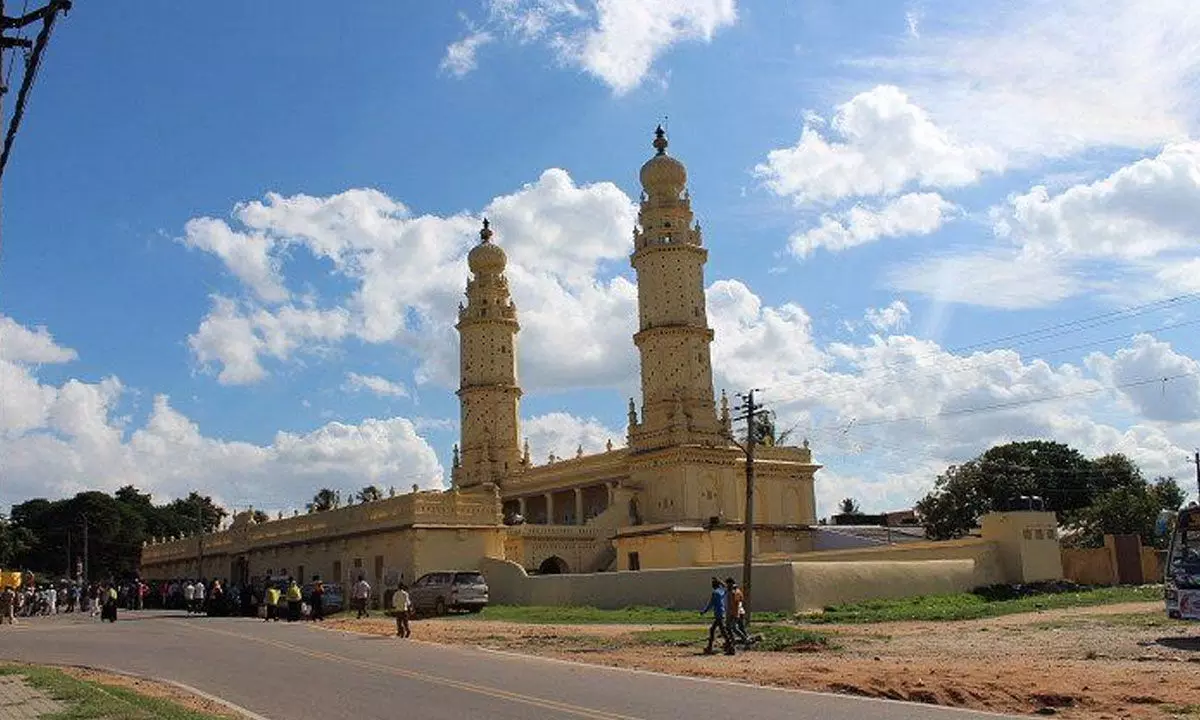PIL filed in HC seeking a study on Jamia Masjid

PIL filed in HC seeking a study on Jamia Masjid
A Public Interest Litigation (PIL) has been filed seeking directions to the Archaeology department to conduct a study, survey and excavation report on the site of the mosque where erstwhile king Tipu Sultan demolished the Anjaneya Swami Temple in Moodala Bagilu Anjaneya temple in Srirangapatna and built the controversial Jamia Masjid.
Bengaluru: A Public Interest Litigation (PIL) has been filed seeking directions to the Archaeology department to conduct a study, survey and excavation report on the site of the mosque where erstwhile king Tipu Sultan demolished the Anjaneya Swami Temple in Moodala Bagilu Anjaneya temple in Srirangapatna and built the controversial Jamia Masjid.
B. Manjunath, the state president of Bajrang Sena Sangathan which has its head office in Halahalli, Mandya district, has filed an application. The application is yet to be scheduled for hearing. The application said that since ancient times, this holy temple and place of pilgrimage has been worshipped, preserved, maintained and restored by many rulers and patrons including the Vijayanagar Empire, Mysore Empire and Palegar Dalwai Doddaiya.
However, it was destroyed by Tipu Sultan and Jamia Masjid was built during his reign from 1786 to 1789. It is the responsibility of the government and the concerned authorities to rectify this historical blunder committed by Tipu Sultan. In this regard, it has been explained in the petition that a legal notice has been issued to the respondents by the petitioner organization on May 24. Also, the Archaeological Survey of India should be directed to conduct an archaeological study, survey and excavation of the disputed Moodala Door Anjaneya Swami Temple-Jamia Masjid area in Srirangapatna and submit a factual report to the High Court within 30 days.
The petitioner requested that the Archaeological Survey of India, State Government, District Administration should be directed to preserve the Garuda Kamba, Kalyani, Stupa, Sthamba, stone carvings of Hindu gods and goddesses and part of the underground temple, temple architecture, temple design, buried idols, which are traces of Hindu culture and heritage in the temple premises.










